This is the definitive calisthenics diet guide to a KILLER body.
So if you want to:
- Gain more muscle.
- Get below 10% body fat.
- Discover how you can maintain your results.
Then you’ll love the actionable diet tips in this effective guide.
Let’s dive right in.
Contents
Chapter 1:
The Secret Fat Loss Formula
If you want to get the results through your diet, you need to master one rule:
Manage your energy balance.
When you do, you will finally get the results you've been looking for.
And you'll BURN your fat away.
The question is:
How do you start?
Use the evolution of food and a simple formula in this chapter to discover how you can lose fat and gain muscle.
The Evolution Of Food
First, you need to understand your history.
Your current diet has not been normal for a long time.
In fact, according to the World Health Organization 39% of adults were overweight in 2016 and that number has gone up.
This is a huge problem, especially in developing countries:
There are even ideas of adding taxes to processed foods:
Why?
So people eat less of it.
In other words:
Your body evolved in a COMPLETELY different world.
(Almost another universe.)
One in which this was normal:
• Hunting and gathering.
• Fasting and feasting.
• Hours of running and walking for small amounts of food.
And now every meal is just one door away.
Safely placed inside a cooling unit (your fridge).
To make things more clear:
Most processed foods have been around less than 10.000 years.
Some foods even less than a few years.
Are processed foods in your diet bad?
No, but they are easier to over consume.
Because that's what they were designed for.
The result?
More food enters your mouth than you burn.
According to the Journal of Cell Metabolism, people who consume a lot of processed foods eat up to 500 calories more than people who don't.
In other words that's an increase of about 25%:
And it affects your energy balance.
Rather than maintaining your weight:
Or burning fat and losing weight:
This is one of the main reasons why you keep gaining weight:
So what can you do with this information?
And how can you actively change your energy balance?
Let's discover in the next section.
The Fat Loss Formula
Sounds pretty scientific, right?
Formula.
(And it is.)
Here is the simple science behind weight loss:
calories consumed - calories burned = your energy balance.
After 30+ years of nutrition studies, researchers around the world discovered that the key to weight loss is energy balance.
The questions is:
Can you stick to it?
First, you need to make it measurable.
The simple calculation
For example, let's say you eat 500 calories of chips.
And you burn 300 calories during a workout.
That would mean you've consumed 200+ more calories than you've burned and over time you will GAIN weight.
Now the question is, who is going to calculate this for you?
We'll dive into this in the next chapter.
How To Lose or Gain Weight
Losing or gaining weight is not rocket science.
In fact, it's actually EXTREMELY simple.
As I like to say:
They all work according to energy balance.
So avoid fancy reasons like:
• Slow metabolism
• Big bones
• Hormones
You get the idea, right?
Instead, stick to what science shows:
• Vegans: eat plants to manage your energy balance
• Ketogenic: avoid carbs to manage your energy balance
• Fasting: eat less often to (you know).
• Whole 30: eat unprocessed foods to (the same).
• A new diet: eat .... to (yes, again).
Download the free app
Start tracking yourself for a day.
See what your energy balance is.
Become aware of it.
Here is a word of caution:
people who participate in studies on weight loss underreport up to 70% of their intake.
And often, it's not on purpose.
It's just because they forget or don't measure correctly.
To make things more clear:
If your numbers show you should lose weight, but are not losing weight, you are simply underreporting.
There are no other secret mechanisms.
It's physics.
Chapter 2:
How To Use The Diet App For Calisthenics
This chapter contains a step-by-step breakdown that you can use to accurately manage your energy balance from scratch...
...or discover why you are not losing or gaining weight.
So if you want actionable tips that you can use in the right way, this chapter is what you are looking for.
Your Weight Goal
This app is a powerful tool to become aware of what you eat.
First, you need to fill in your details by clicking on more:
Then you click on goals:
To get a nice overview of various measurements that you need to set your energy intake:
Next, set your starting weight, weekly goal and activity level:
And you are ready to see your nutrition dashboard:
There are options to check your protein, fat and carbohydrates:
And you can check when you eat the largest part of your calories:
That's how fast you can start building that killer body of yours.
Now, all you need to do is track your food and drinks:
Don't want to document every single day?
Just do it for 1 day.
You will discover why you aren't achieving your goals.
And why some foods are beneficial while others are not.
This will RADICALLY change the way you look at food.
Don't take my word for it, give it a go!
Your Energy Balance Results
Numbers don't lie.
That is, if you fill them in correctly.
With green numbers if you stay below your requirements:
Or red numbers if you go above your daily needs:
At the end of the day you can complete your diary:
This is EXTREMELY clear.
Not: "Maybe I ate too much today".
Not: "Perhaps I'm not losing weight because I ate too little".
Not: "I think I can eat another bag of sweets without gaining weight."
It's literally:
GREEN or RED.
This will make a HUGE difference.
And you might end up enjoying the challenge...
...IF you turn it into a game.
Now it's one you can win.
Key Takeaway
Energy balance is the key and every diet that works, does so because it allows the person on that diet to stick to a negative energy balance.
If you know your energy balance, you know whether you are losing or gaining weight.
That's it.
Chapter 3:
How To Stick To Your Diet Forever
You've probably heard the old adage: "I just don't have enough willpower, I need more discipline."
But is that really true?
What I know is that willpower is OVERRATED.
Fortunately, sticking to your diet isn't as hard as you might think.
All you need to do is follow the simple tips in this chapter.
Your Diet Environment
Your house.
Your friends.
Your work.
Your kitchen.
All these factors make up your diet environment.
And you are at the center of it.
The tricky part?
#1 Your environment promotes weight gain.
#2 It's an optimal environment to get fat.
#3 Your willpower is overrated.
In other words:
keep separating 'myth' from 'truth'.
That's comforting isn't it?
It's in your control.
Or at least the control of you and your environment.
Key Takeaway
Willpower is overrated. Your diet environment is MORE important. Energy balance is the key.
So how can you change your environment?
Let's discover the 3 tips that will help you stick to your diet forever.
Avoiding = Winning
How do say NO to your favourite piece of chocolate?
(Especially if someone puts it in front of your nose.)
Most of us would lose.
According to the European Journal of Personality, people who are more disciplined, actually experience less temptation.
In other words: they don't use willpower, they avoid temptation.
That's why they can stick to their diet.
For example, here is why most people eat pie:
It's NOT about discipline, 99% of your 'less useful food choices' are simply because those foods are nearby.
As it turns out, there is a simple rule:
"If you can see it you will eat it."
So if you want to win, AVOID and keep it out of sight.
Key Takeaway
Resisting temptation is a LOSING game.
For example, if you have a box of cookies within arm's reach you will probably eat more cookies than if they are somewhere on the top shelf.
Right now, investigate your kitchen and ask yourself:
"Are these foods contributing to my goals?"
(Remove everything that does not.)
Supportive Friends
Having supportive friends is like putting you diet on steroids.
That's because they can motivate and correct you.
For example, people who are told that their friends eat more fruit, will eat up to 25% more of it:
Here is another example, according to the Journal for Social Science and Medicine, people who live closer to a fastfood outlet have a higher BMI than people who don't.
In other words:
you do what's convenient and what other people do.
Your friends, family and community influence what you eat.
And there is a lot of research to back this up...
According to the Food And Quality Preference Journey, people eat based on what their friends think of their food choices even if those choices are worse.
It usually sounds like:
"I'll have what he is having."
Have you heard that before?
Build The Right Habits
The only sustainable way to lose weight by CHANGING your behavior.
Food = eating.
And eating = a behavior.
In other words:
A list of top 10 foods will not change your behavior. ONLY your habits will.
So how can you use your environment to make these changes easier?
Here are 3 simple tools to change your environment:
Keep a fruit/veggie bowl within sight
Always make sure you have some fruits or veggies to snack on, while limiting the processed foods (e.g chips, snacks and candy) in your house.
Keep a bowl within reach and within sight.
You will automatically eat more of it.
Start with protein
Build each meal with a protein rich source.
Regardless of your dietary choices.
This increases your level of fullness and will make it easier to lower your energy intake.
You'll learn more about protein in the next chapters.
Get a fixed bed routine of 8 hours
Lack of sleep DESTROYS your diet and results.
You will eat more.
And build less muscle.
Instead of fighting a losing war, here are some practical instructions to boost your sleep for better results:
• Light exposure: make sure the room you sleep in is completely dark;
• Regularity: go to bed and wake up at the same time;
• Noise: wear earplugs if there is too much noise;
• Reminder: set a sleep timer for when you need to go to bed.
There are a lot more changes.
But these are some of the simple ones.
Everyone can do it.
Including you.
Play The Long-Term Game
Just GO on a diet and then continue with your life!
It seems simple, doesn't it?
In fact, this is probably how you imagine it:
But what about the after...AFTER?
Here is where you need to start wondering, how you are going to sustain your diet.
That way, you can avoid the same mistake 100.000+ people before you have made.
Here is a simple lesson:
Create a diet you think you can stick to for the coming 10 years.
If it feels like something you can maintain for less than...
...a day...
...a week...
....a month, STOP immediately.
Here is why:
A quick fix will give you quick results.
But those results don't last long.
Even worse...
...ever heard of the reboud effect?
For example, look at what happens after you return from your crash diet:
A lifestyle will give you less impressive initial results.
But those result can actually be maintained by you.
For example, look at how weight is maintained after after:
Here is another good reason:
Every failed diet attempt leads to a linear increase in weight.
In other words:
Going on a diet is not a risk-free activity.
Here is a simple chart of how failing leads to increases in weight:
Quick results are nice.
But real results are lasting.
Here is what you need to learn:
First, learn to take small steps.
Then, continue.
Because any big goal is the result of patiently taking small steps.
How does that work?
Here is a simple calculation:
• If you improve 1% each day for the coming 365 days, you will be 3700% better at the end of the year.
• If you decline 1% each day for the coming 365 days, you will be 99,97% worse at the end of the year.
Improving 3700% in one day might seem impossible.
But 1% each day is something anyone can do.
Here is a powerful lesson:
"You will overestimate what you can do in 1 day, but underestimate what you can do in 1 year."
What is the smallest possible step you can take today to improve your nutrition now?
With that, it's time for chapter 4...
Chapter 4:
How Much Muscle You Can Build Naturally?
The amount of muscle you expect to build naturally is probably UNREALISTIC.
In my experience, knowing what you can expect is EXTREMELY important.
(And in some cases, perhaps disappointing.)
That's because you are influenced by Photoshop and people who are using substances that will harm you health long-term. And if you choose that route, you'll pay a price.
That's the honest truth.
With that in mind, here are simple tactics that you can use to determine your muscular potential.
Your Genetics
According to the American Journal of Clinical Nutrition, people with larger bones have more muscle.
Higher levels of testosterone.
And gain muscle faster when they train.
The two best indicators of your overall bone structure are:
• the circumferences of you wrist;
• and ankles.
In other words: people with wider wrists and ankles tend to be more muscular.
So how can you calculate your muscular potential?
And how much muscle can you possibly build with calisthenics?
The Natural Muscular Potential Calculator
There are more formulas out there than ants on this planet.
But the one created by Casey and Butt is based on drug-free bodybuilders and considered to be the most accurate.
You now know your genetic potential.
So, what's next?
How Fast Can You Gain Muscle?
Of course the next question would be:
"How fast?"
Here is a useful guideline based on expert and strength researcher Alan Aragon:
Beginner:
You are training less than 1 year and are eating effectively. Rate of muscle gain in men: 1-1.5% of total body weight per month
Intermediate:
You are training about 2 years and are eating effectively. Rate of muscle gain in men: 0.5-1% total body weight per month
Advanced:
You are training more than 2 years and are eating effectively. Rate of muscle gain in men: 0.5-0.75% total body weight per month.
For example, let's say you weigh 70 kilograms.
You can gain between 0.7-1.05 kilograms per month as a male.
In other words:
gaining muscle will be the easiest as a beginner.
As you've probably seen with experienced people:
For every additional step of muscle growth, you will have to put in more effort.
Unfortunately, that's because you have a limit to what is naturally possible.
And I should point out:
The numbers above, assume that you are doing everything perfectly:
• Training.
• Resting.
• And eating.
So, effective meal plans are SUPER important.
Especially, if you want to gain muscle fast.
Keep reading.
Chapter 5:
The 10 Best Proteins & 1 Powerful Supplement
In this chapter I’m going to share a list of 10 nutrient packed proteins to boost the results of your training.
Including:
How much protein you will get per 100 grams.
What additional micronutrients you will get.
And what supplement about 50% of people need, ESPECIALLY when they start working out.
The 10 Best Protein Sources
According to the International Society of Sports Nutrition, protein is the MOST important macronutrient to build your body.
ALWAYS build your meals with a source of protein.
That way, your muscles are stimulated for:
recovery and construction.
And you will be able to better manage your appetite.
Here is list of the 10 best protein sources:
Beef Liver
100 gram contains = 29.1 grams of protein.
634% of the RDA for Vitamin A
1176% of the RDA for B12
And rich in minerals such as: zinc, copper & selenium.
Chicken liver
100 grams contains = 25.8 grams of protein
288% of the RDA for Vitamin A
352% of the RDA for B12
And rich in minerals such as: phosphorus, selenium and iron.
Sockeye salmon
100 grams = 21.9 grams of protein
130% of the RDA for Vitamin B12
43% of the RDA for selenium
And is probably on of the few sustainable sources of fish because they get caught at the end of their life cycle.
Cottage cheese
100 grams = 28.0 grams of protein
24% of the RDA for Vitamin B12
14% of the RDA for calcium
And rich in nutrients such as: selenium, folate and phosphorus.
Eggs
100 grams = 12.6 grams of protein
12% of the RDA for Vitamin A
19% of the RDA for B12
And rich in: selenium, phosphorus and folate.
Lentils
100 grams = 9.0 grams of protein
32% of the fibre RDA
45% of the folate RDA
And rich in: iron and manganese.
Oats
100 gram = 16.9 grams of protein
66% of the fibre RDA
383% of the RDA for manganese
Rich in minerals such as: magnesium and zinc.
Oxtail
100 grams = 8.0 grams of protein
Small amounts of trace minerals, but the major reason to consume oxtail is because it contains nutrients such as:
glutamine, glucosamine and collagen which aids in the reduction of inflammation and joint pain.
Oysters
100 grams = 9.4 grams of protein
267% of the RDA for Vitamin B12
111% of the RDA for zinc
110% of the RDA for selenium
And additional nutrients such as: copper, manganese, vitamin C and iron.
Protein Powder
100 grams of whey protein = 71.4 grams of protein
100 grams of hemp protein = 45 grams of protein
Depending on what kind of protein source you choose the amount of protein and how the protein is used in the body can be very different.
50% Of People Need This Supplement
A supplement isn't just a random pill that you throw into your body.
In fact, a supplement can have a HUGE effect on your performance.
Including your calisthenics workout.
With that in mind, your main goal should ALWAYS be to get your nutrition from real foods.
However, in some cases this is a tricky game.
For example, according to the Journal of Nutrients, about 50 percent of people are deficient in magnesium.
Because of a variety of reasons such as:
- increased stress
- and soil quality.
Even though magnesium can be important for:
- performance
- recovery and sleep
- mental health
Outside of your regular nutrition magnesium should be a priority.
How much should you take?
Supplement Explainer
400mg daily of 'chelated magnesium' (glycinate)
Option 1: 200mg after waking up and 200mg prior to sleeping
Option 2: 400mg prior to sleeping
Dosages might differ depending on your deficiency.
DO NOT take oxide or citrate.
These are the most commonly used cheap versions that are less effective.
The Nutrition System
Whether it's your priority or not, if you want results you want to make sure your nutrition the BEST it can be.
(The best moment to start was yesterday.)
Remember:
The goals you have will only become reality if you change your diet environment and find support.
And once you've done that, you'll be unstoppable.
This is covered in the Nutrition System by the official Bar Brothers.
Chapter 6:
The Most Important Performance Enhancing Drink
SUPER athletes NEVER underestimate the basics.
They don't just focus on supplements, they focus on what is really important… and spend most of their time prioritising those things.
(Or as one wise man once told me: "You've never mastered the basics.")
And in this chapter you will discover the most important performance enhancing drink.
Check it out!
The Power Of Water
Here is a shocking fact:
Just a 2% loss of your body weight in water can ALREADY affect your performance.
Take a look at the 3 major risk factors below:
To make it more clear:
you need to prioritise your hydration if you train hard and are exposed to a hot/humid environment.
For example, if you weigh 70 kilograms.
2% is less than 2 liters.
And you can lose between 0.5-2.0 liters per hour.
Just look at how insignificant 2% is:
In other words:
You can become hypohydrated quickly.
Which is a fancy way of saying:
"Drinking too little water."
Even more interesting, according to the International Society of Sports Nutrition, water is the most important substance to increase your performance.
Here is why:
• 75% of your body is water.
• Every vital organ relies on water.
• Your muscles need water to function properly.
• Joints and tissues use water as a lubricant.
That's why you DON'T want to forget it!
How To Drink More Water?
Most people put zero effort into buying a good bottle for water.
And it's a big mistake.
Why?
Remember the importance of availability?
If it's not there you will not use it.
You will forget it.
With that, here is a simple habit to make sure you drink 0.5 to 2 liters of water during your training:
Key Takeaway
Get yourself a 1.5-2 liter metal bottle (avoid plastic completely).
Fill it with water and make sure it's empty at the end of your training.
Don't like the taste?
Instead of buying fancy water, just add some cucumber, lemon or sliced orange to your water.
It will taste just as good.
That way you SAVE money and stay hydrated.
Your Schedule
This is a general daily blueprint.
(Just so you have an idea.)
Check out the following schedule with an evening workout:
8:00- 12:00
First Meal:
Step 1 - Wake up (+ cold shower)
Step 2 - Drink 0.5-1 liters of water
Step 3 - Build a meal with 1 first of protein (see 10 protein sources).
Step 4 - Add 2 hands with fruits and/or veggies.
Step 5 - Drink coffee or tea to suppress your appetite.
Optionally start eating at 12 if you want to lose weight.
12:00 - 17:00
First/Second Meal:
Step 1 - Drink water if you feel thirst.
Step 2 - Build a meal with 1 first of protein (see 10 protein sources).
Step 3 - Add 2 hands with fruits and/or veggies.
Step 4 - Drink coffee or tea to suppress your appetite.
17:00 - 18:15
Pre Workout:
Step 1 - Drink water when you feel thirst.
Step 2 - Workout with on of the routines.
Post Workout:
Step 3 - Build a meal with 1 first of protein (see 10 protein sources).
Step 4 - Add 2 hands with veggies.
Step 5 - Add 1 fist of potatoes/rich
Step 6 - Drink tea and avoid coffee completely after 13:00.
20:00 -
Final Meal:
Step 1 - Drink water when you feel thirst.
Step 2 - Eat 1 more hand of fruit/veggies.
Step 3 - Supplement with magnesium (see dosages).
Step 4 - Go to bed when your bed timer goes off.
Step 5 - Repeat the next day.
Bottom line?
Use this plan and customise it.
The best plan is the one YOU can STICK to.
Chapter 8:
4 Effective Diet Tips For Calisthenics Beginners In 2021
Effective tips are always one way to SUPERCHARGE your results.
Here are 4 more tips to:
Build more muscle
Burn more fat
And transform yourself in less than 1 year.
Question is:
what are these tips?
Well, that’s exactly what I plan to cover in this chapter.
Supercharge Your Results
First, learn about the 3 fundamental rules for muscle growth.
And dive deeper into the 30 most nutrient dense foods.
For example, this overview quickly shows you the score for animal-based protein sources:
If that gets you excited, find out how you can optimize your protein intake for 100% muscle construction.
Then check the 9 magical tips to stay lean during the holidays.
Because most people gain weight during the holiday period:
That's it.
All the additional tips.
Pretty helpful to know, right?
The Calisthenics Diet For A Killer Body
Building the body of your dreams.
Losing fat.
Gaining muscle.
You need to know what works for you.
And everything can, IF you stick to the fundamentals:
Energy balance.
Diet environment.
And habits.
Unfortunately your environment is working against you.
The world is changing faster than your body can keep up with.
Cookies, chocolate bars or hamburgers are all around you.
But they will NOT get you the body of your dreams.
In other words:
It's not going to be a walk in the park.
But if you use these tips, you will transform:
What you eat. How much you eat. And why you eat.
FOREVER.
*Fist Bump*
Now I’d like to hear from you:
What calisthenics diet tips are you going to use today?
Or maybe you have a question.
Either way, leave a quick comment below right now.
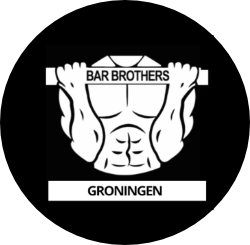
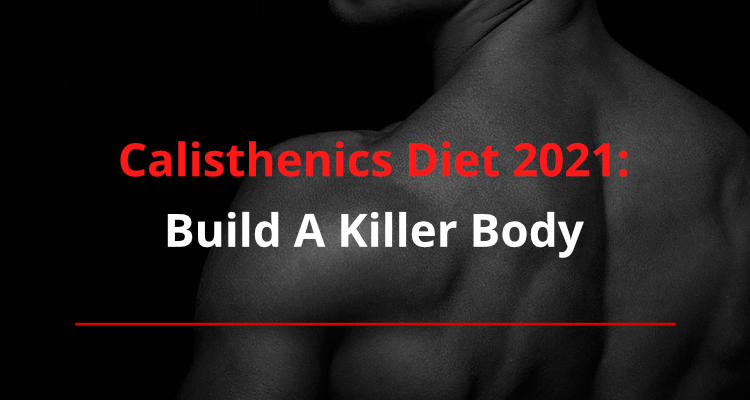
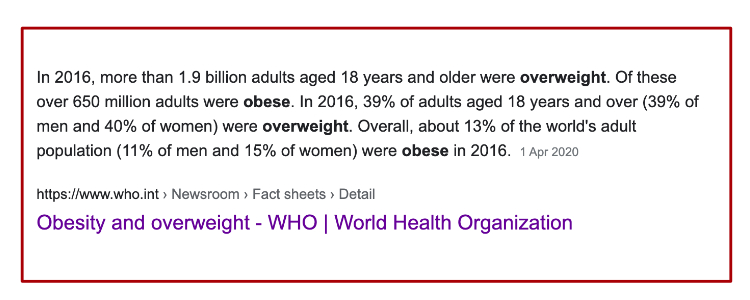
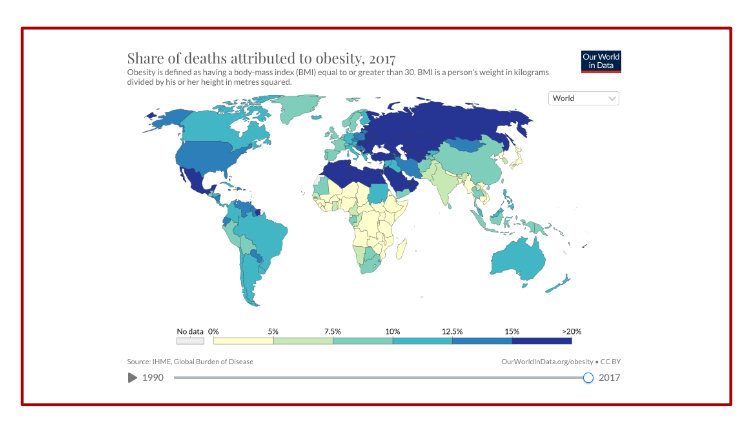
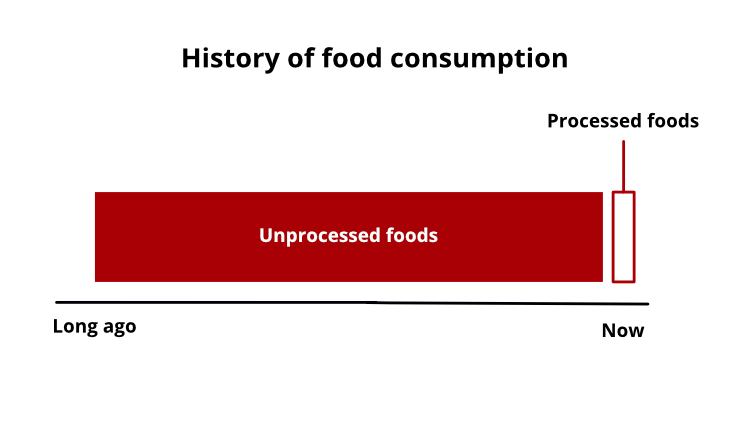
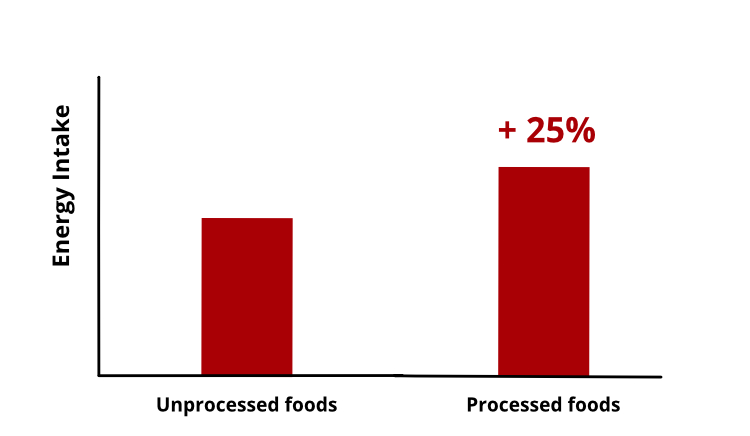
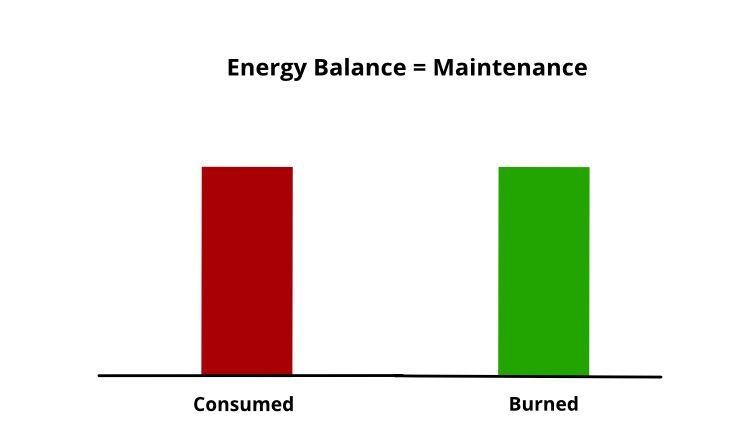
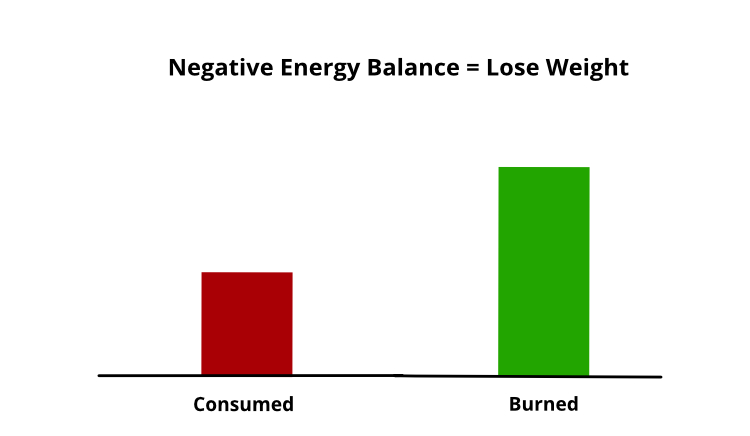
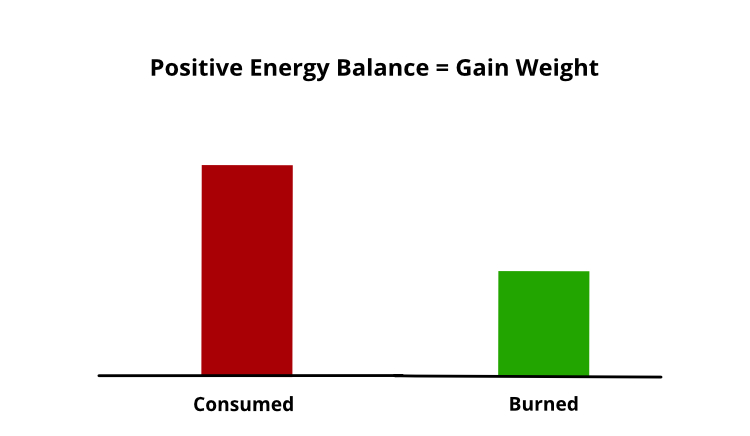
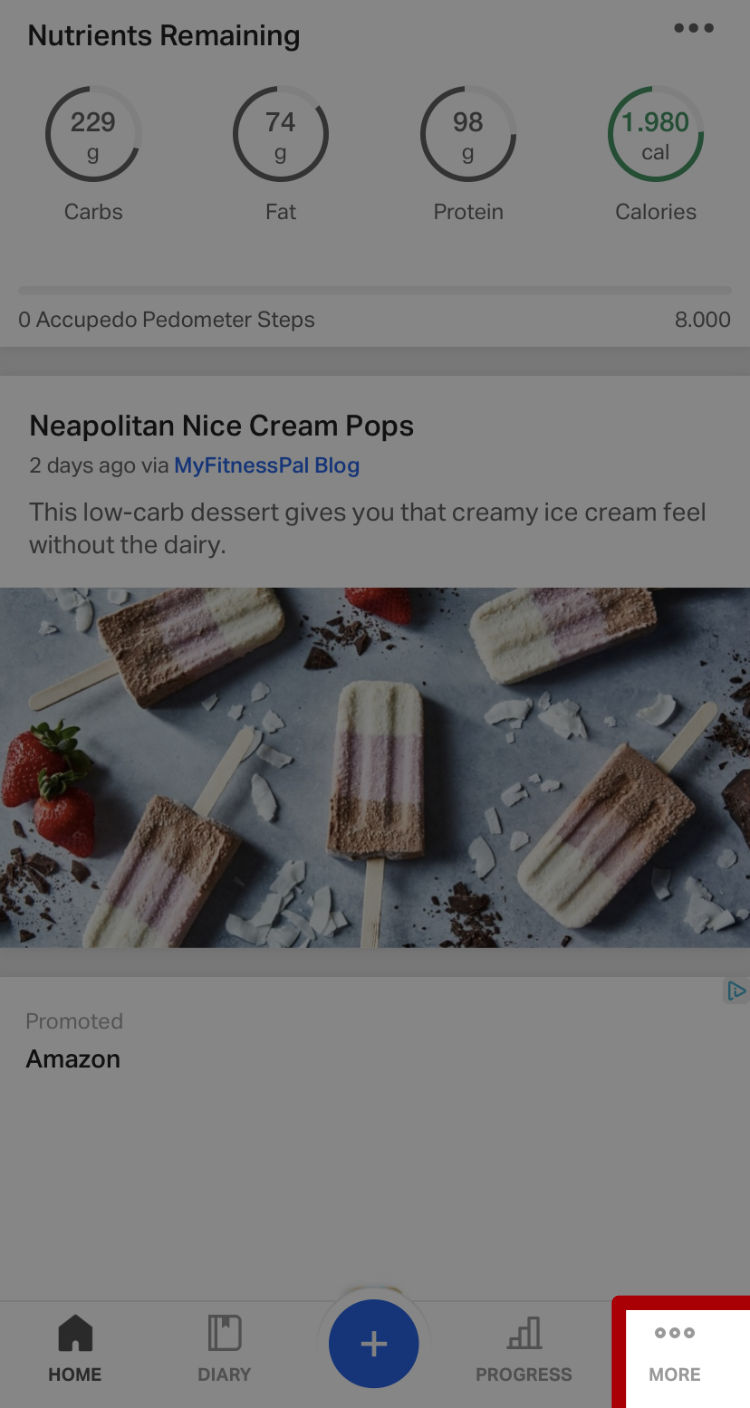
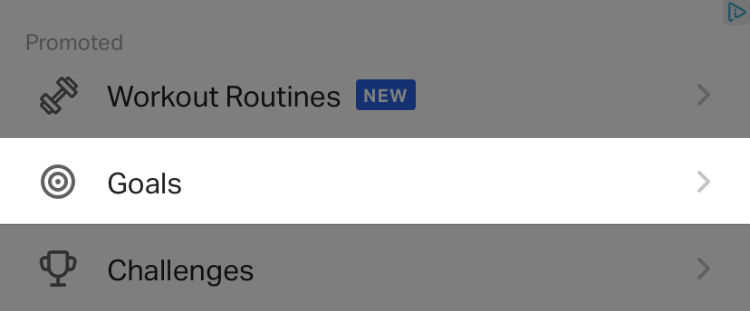
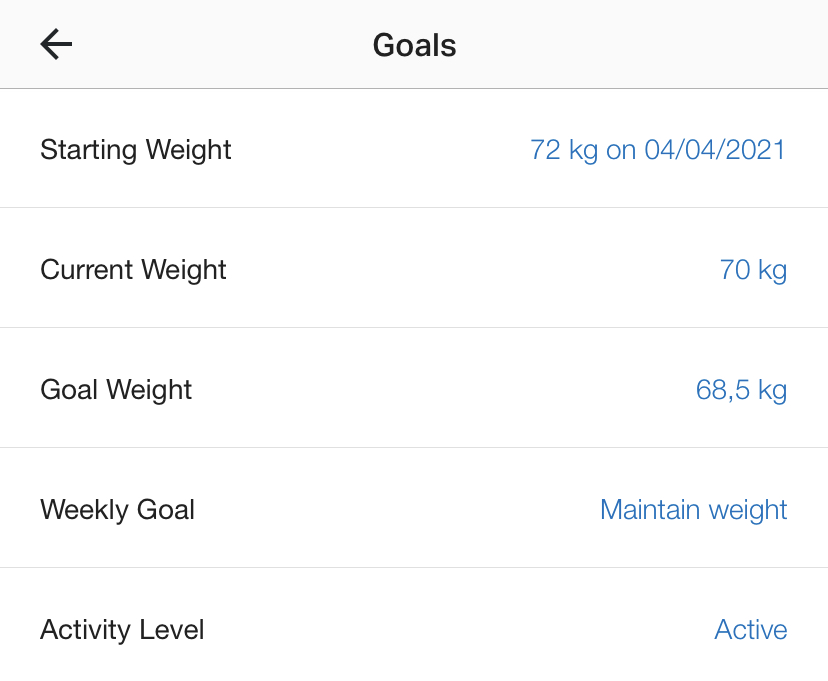
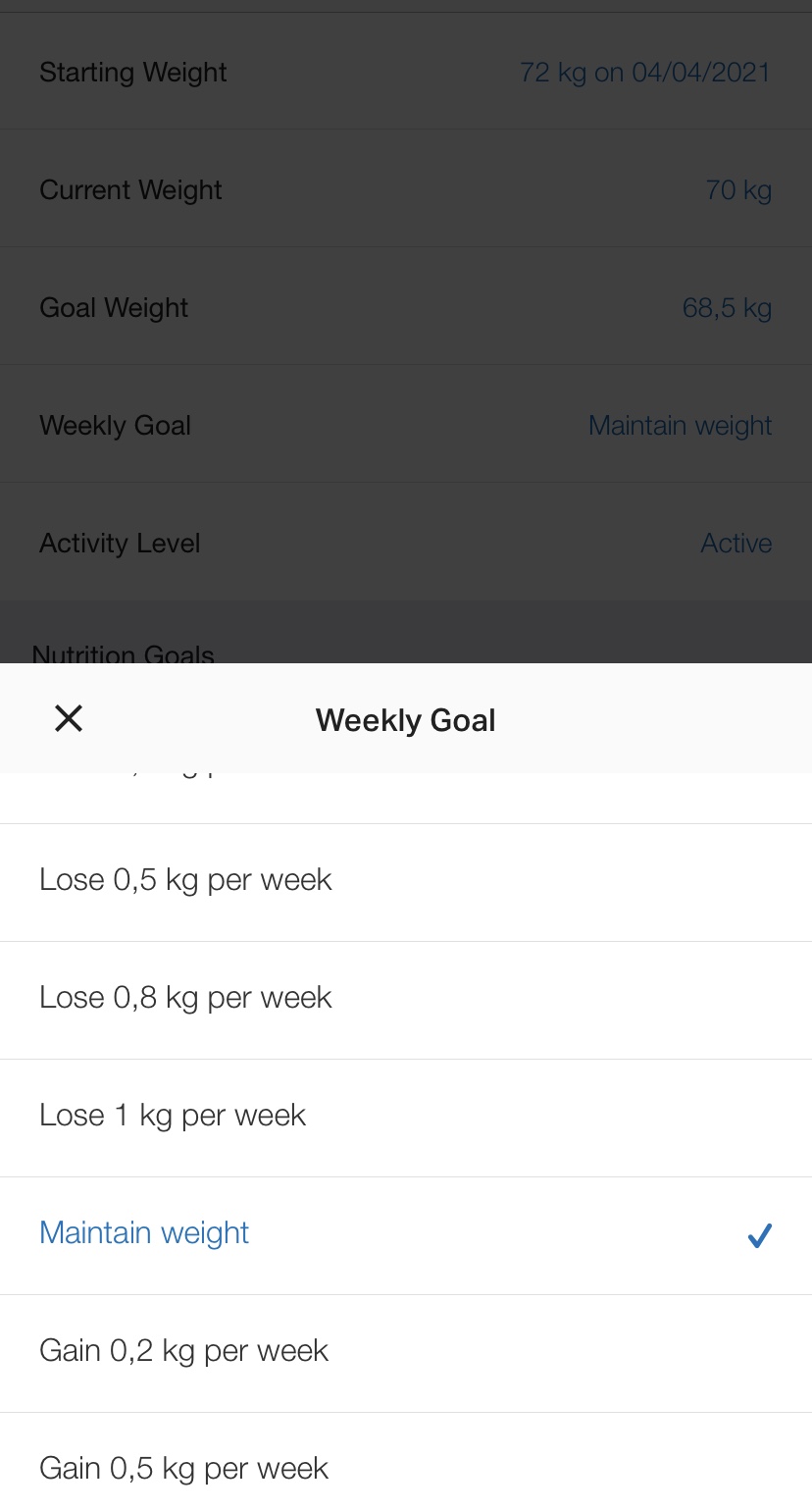
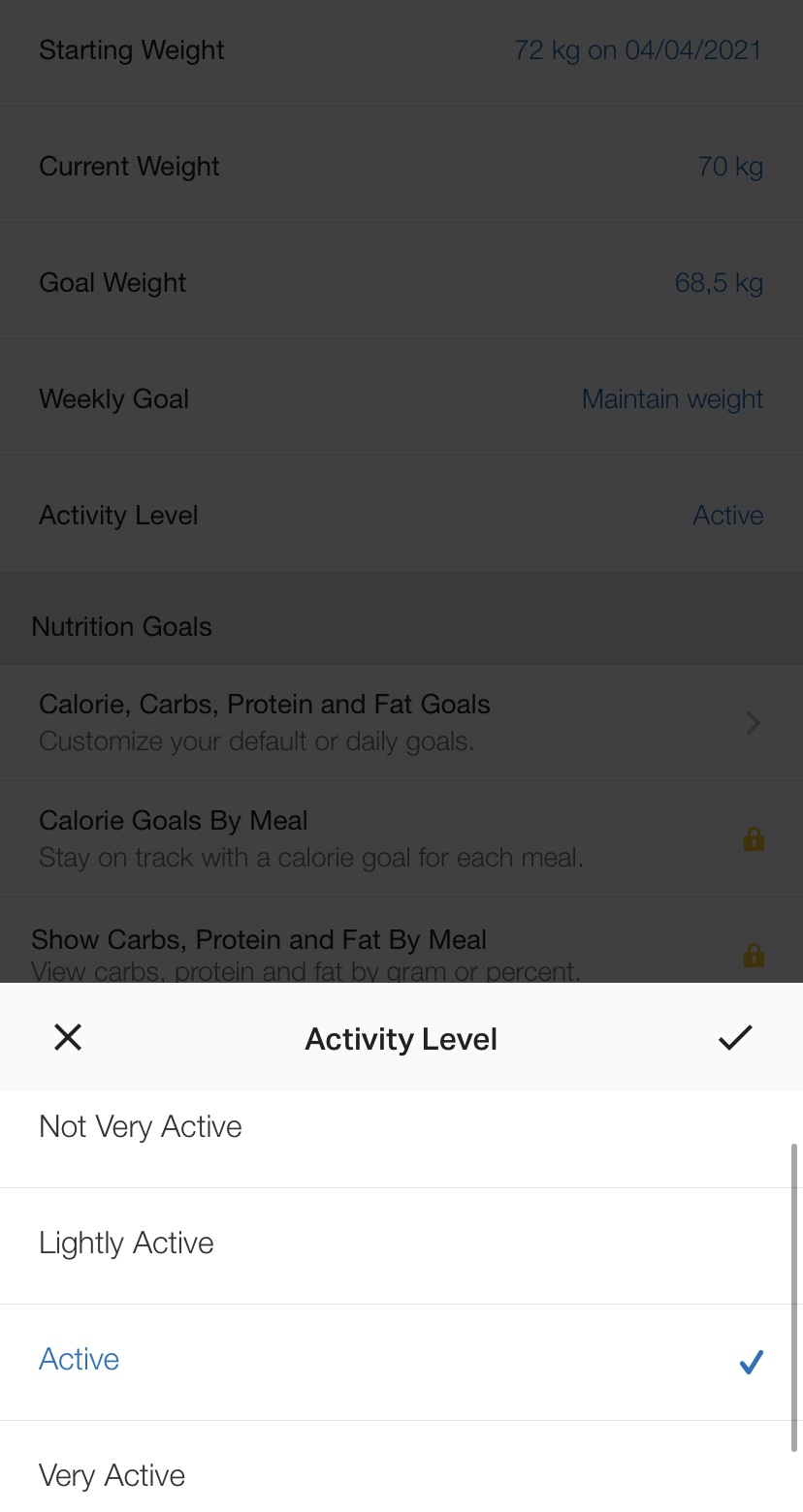
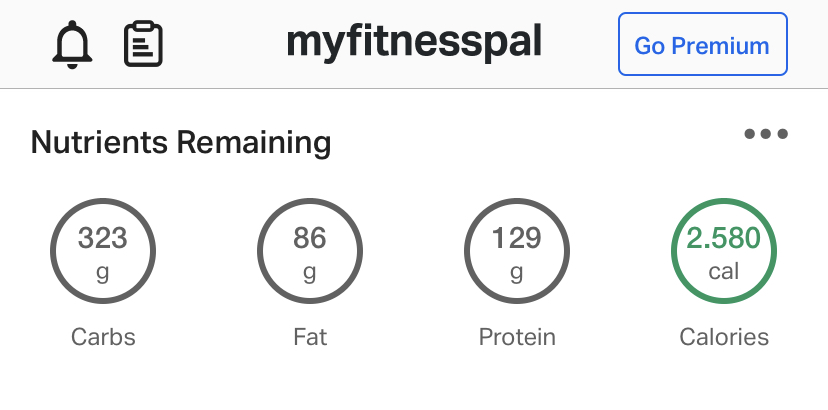
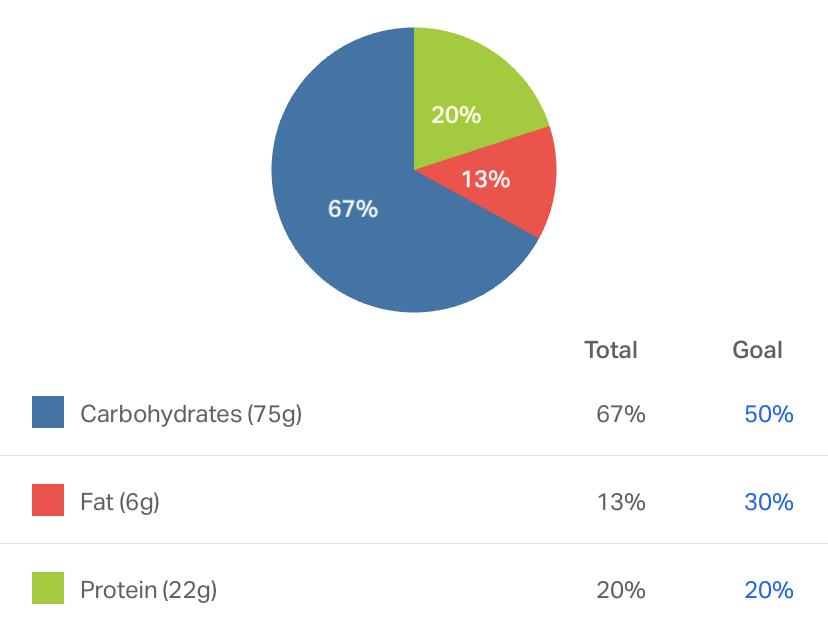
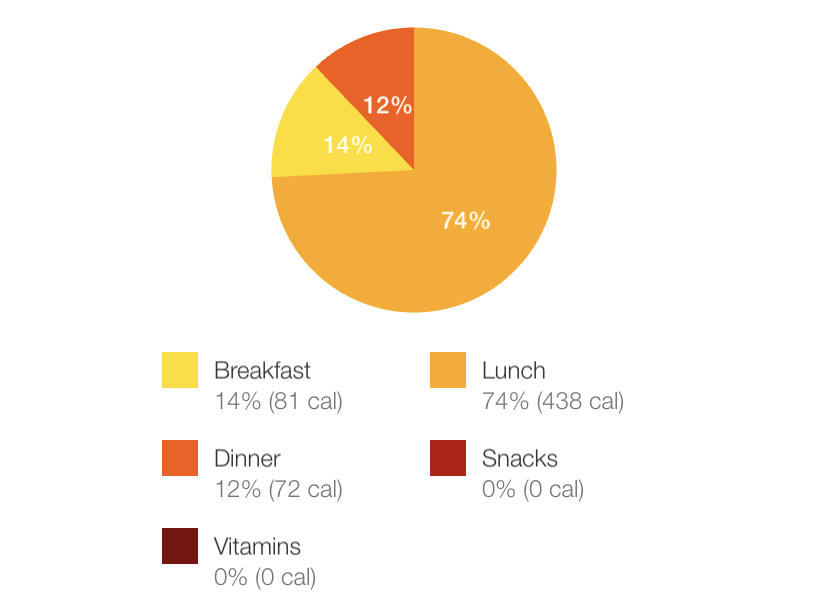
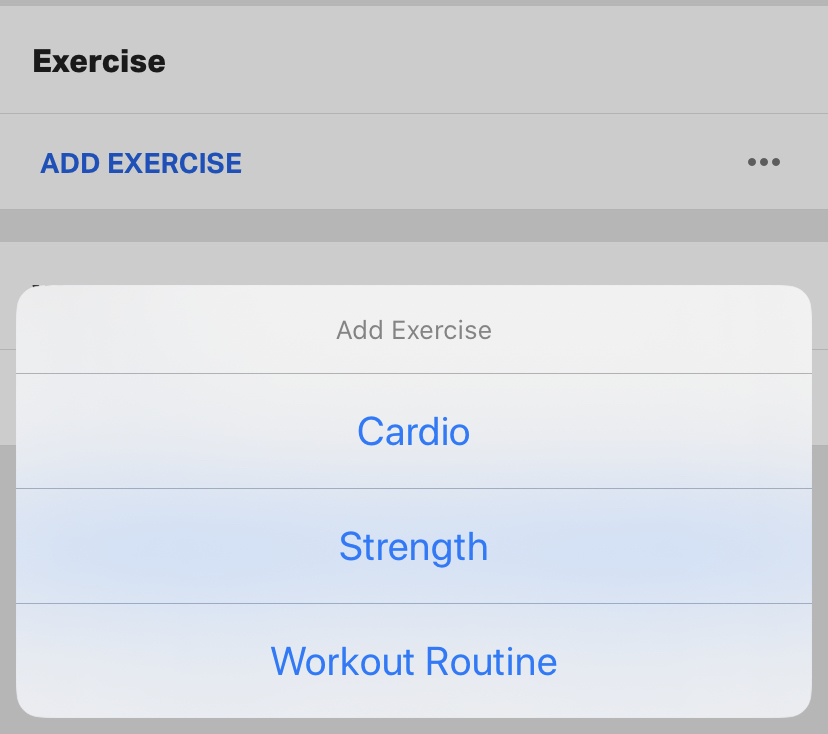
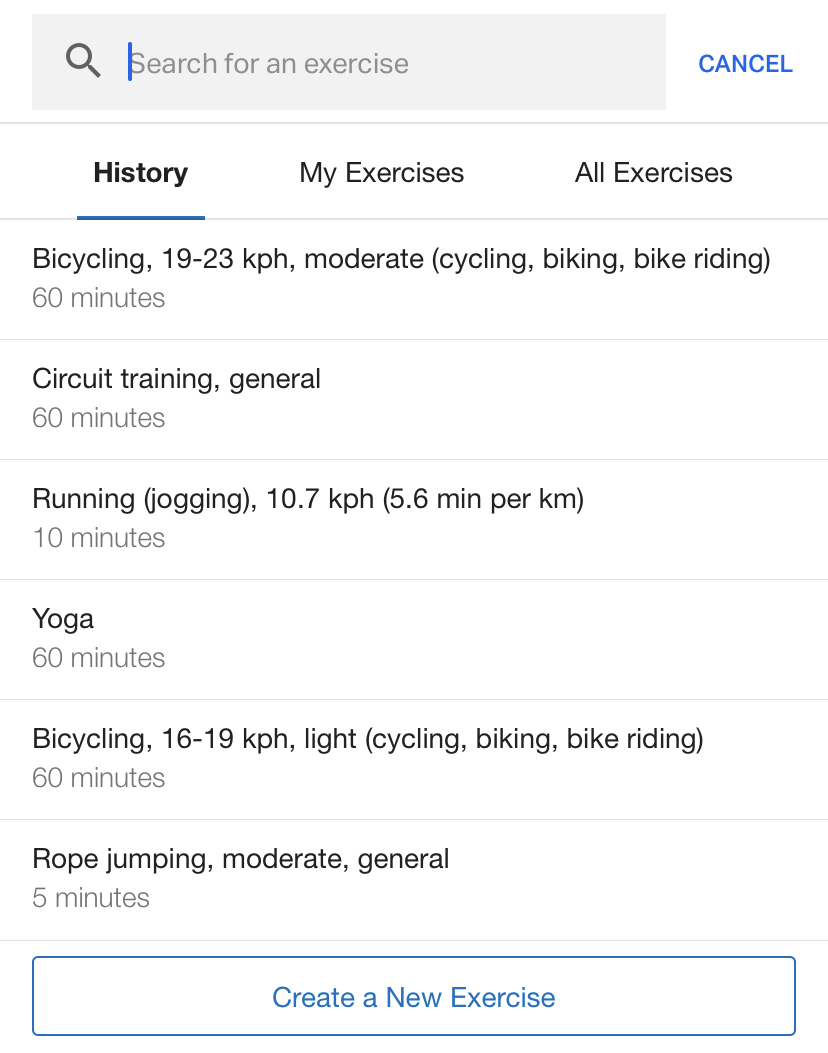
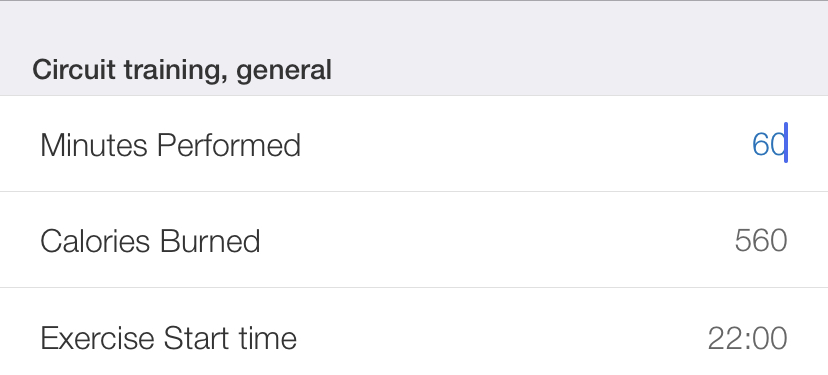
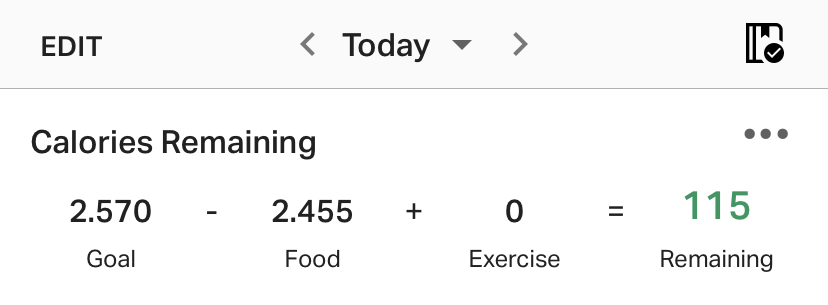

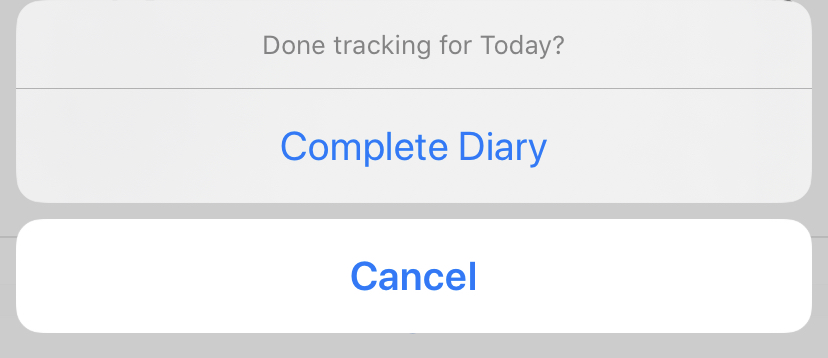
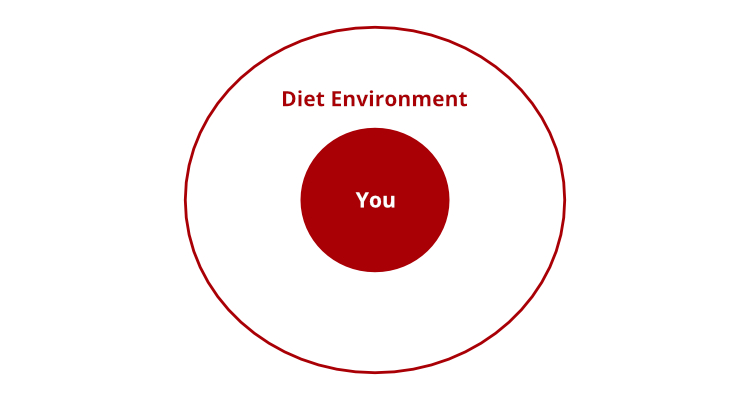
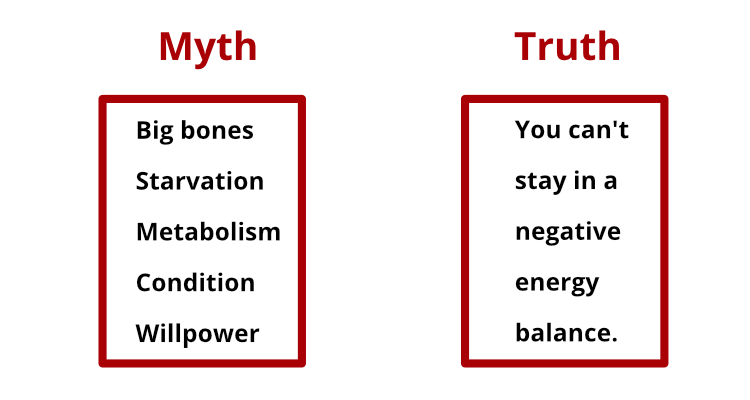
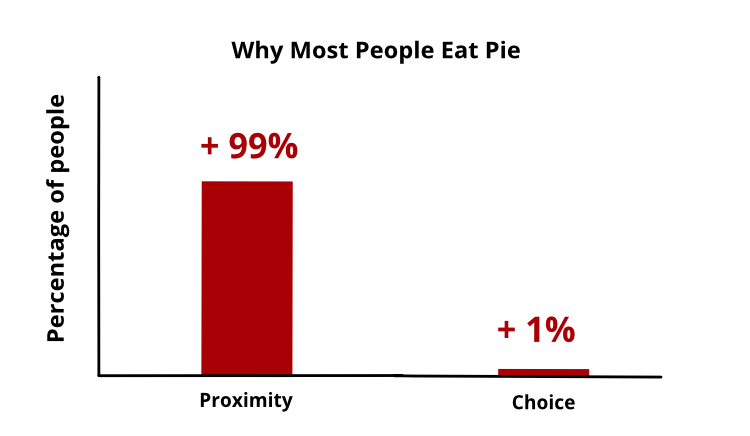
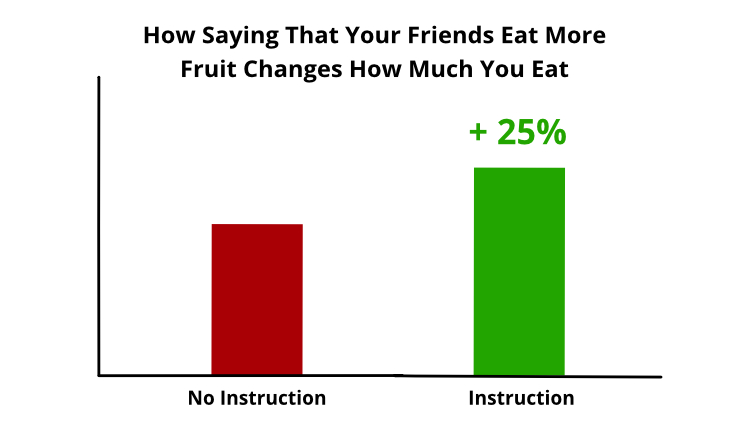
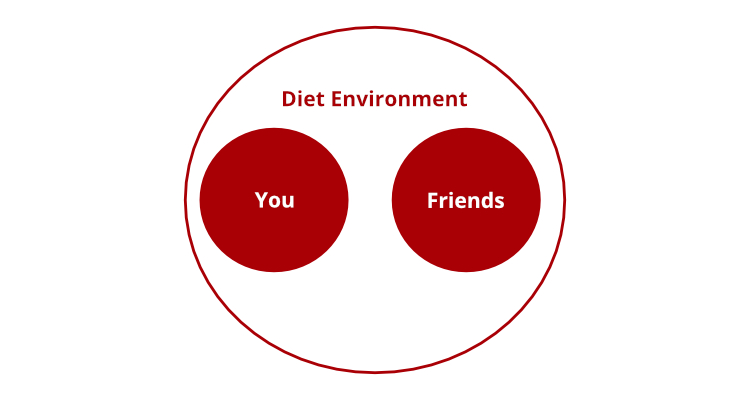
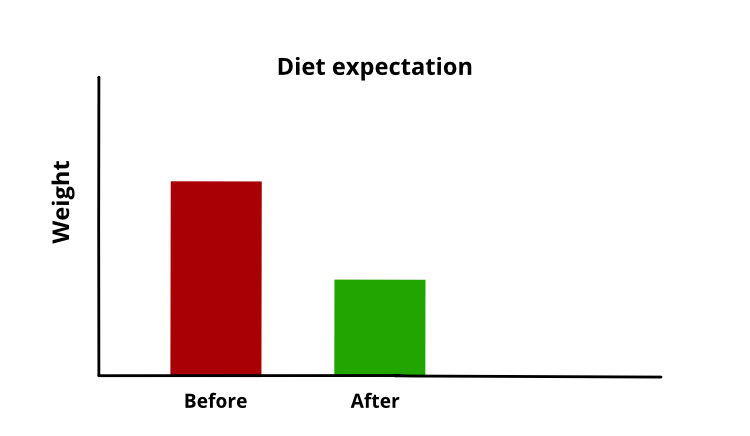
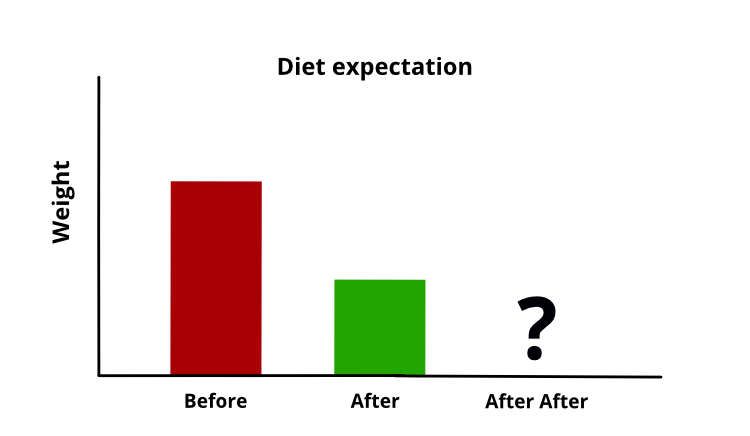
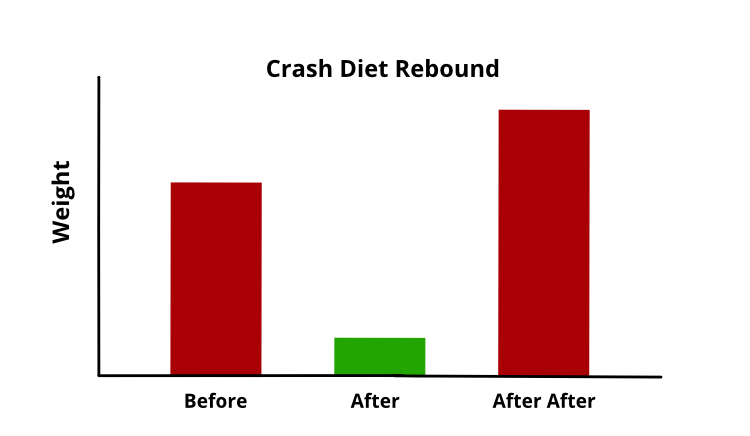
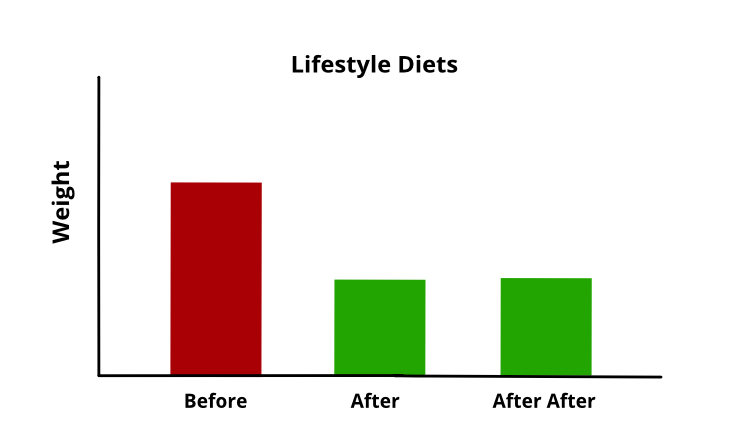
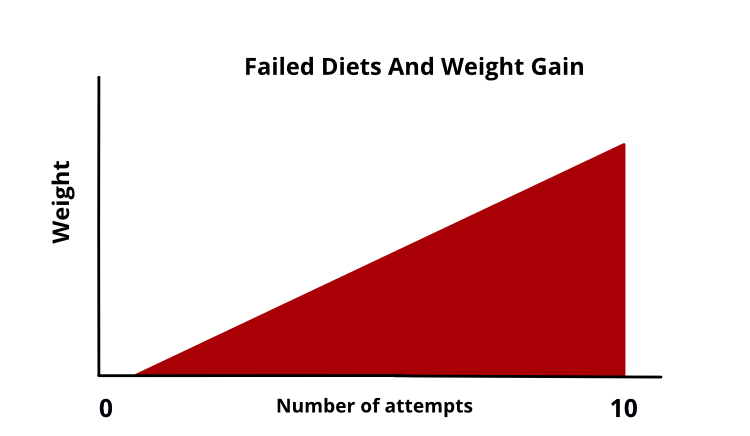
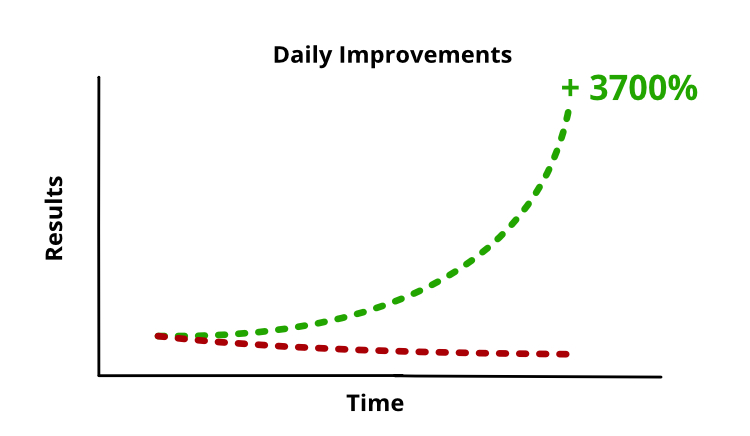
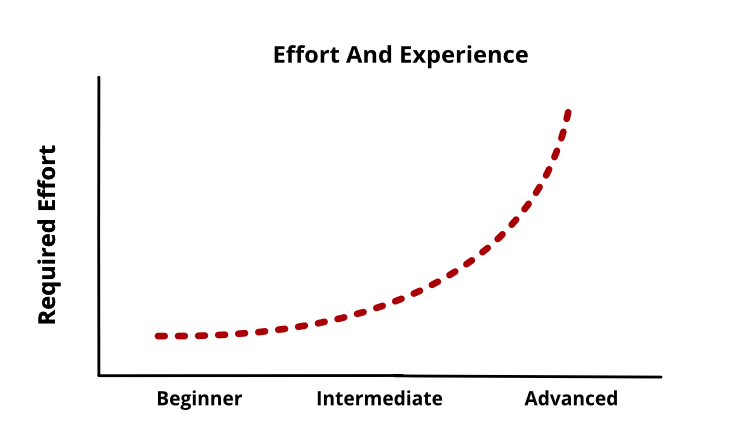
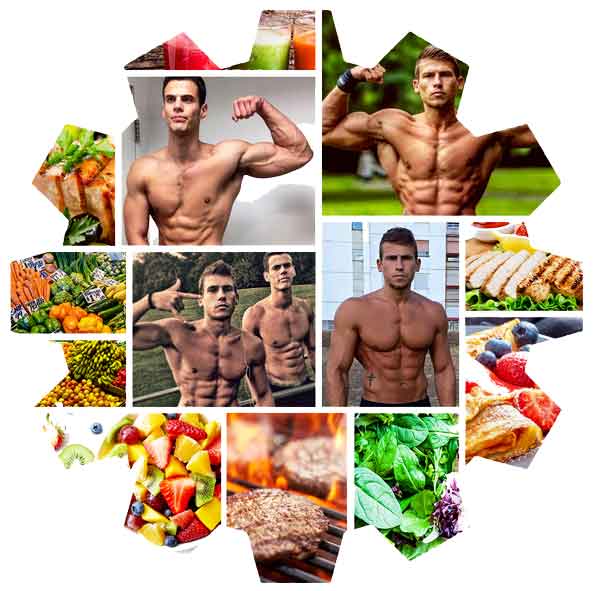
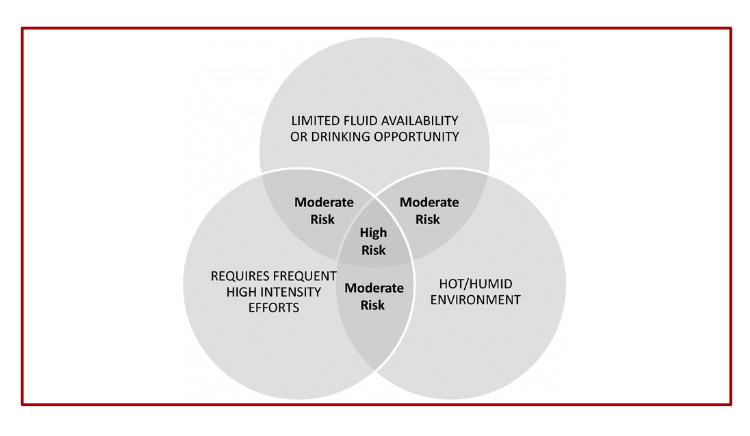
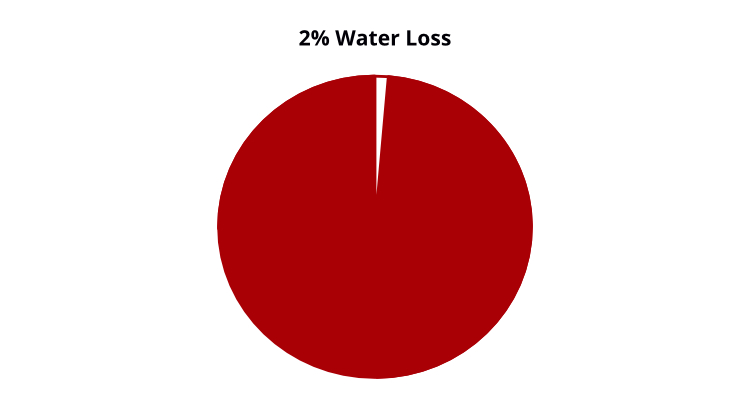
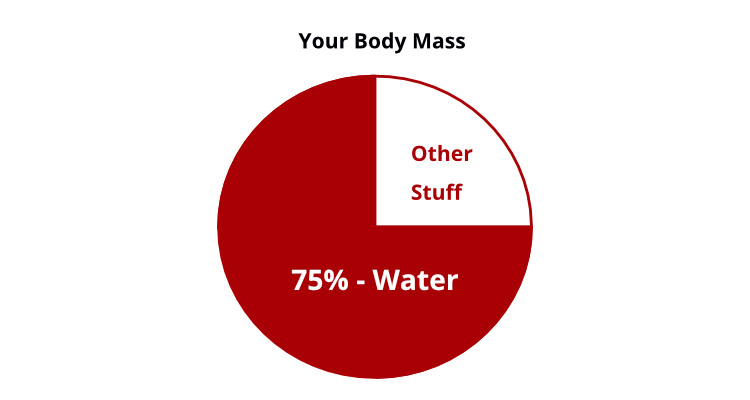
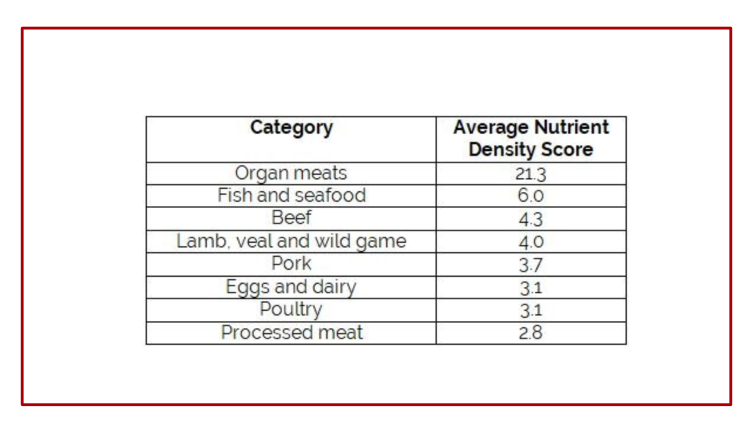
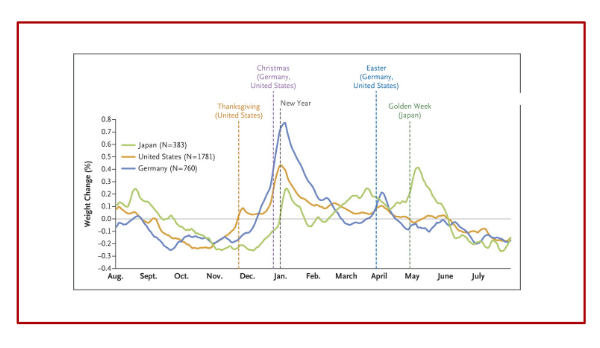
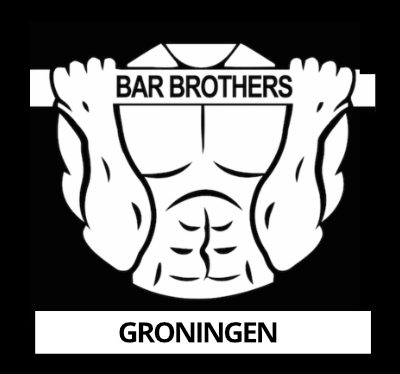
Hello Rich, i have been reading the ebooks, and i think they are great. Im starting the 6 month guide to beginners. I have a question on the 16/8 hours meal plan. If i like to workout firts thing in the morning, lets say 5 am, what changes on the 16/8 hour meal plan? Thank you very munch for this information. i will me let you know of my progress. best Regars. Luis
Hey Luis,
Thanks for your warm message! I’m happy you enjoyed the read.
Generally it shouldn’t be an issue to work in a fastened state, it has actually shown to be very beneficial in a lot of ways in the right dosages of course. Basically it means the same, stick to an 8 hour window. If you workout at 5 you probably wake up at 4, meaning that if you start eating at 12, you’ve already been awake for 8 hours. In most cases this is too hard for most people, so I’d recommend starting your window about 3-4 hours after you’ve woken up. This is generally a more reasonable and easy approach for starters. But as with everything it’s also a matter of experimentation and seeing what works for you. So it means you’ll have to customise the 8 hour window to your own unique needs ;).
Hope this clarifies it a bit.
Beast mode ON!
I’m not sure if i understood it right but this guide says I can do my workout twice a day? And another question, aren’t simple carbs after the workout kind of needed?
Thanks Rich.
Hey Lucas,
Great question.
The guide recommends beginners to train at least 3 times a week as a bare minimum. Not sure about where you found that you should do your workout twice a day. Aah…I see the confusion, study/workout is basically an option for you to use ;). So generally either workout in the morning or after your 9-5 job or education. These two points in time are options. This serves as an example plan of what it could look like.
Great question, this depends on a lot of factors. It would take me a long time to explain this to you exactly (Entire books have been written about this), but you can dive into literature. I can recommend you to do research on ‘ketosis’. It also depends on you overall goals, gaining, losing, maintaining and on how well your body responds to carbs from a genetic point of view and based upon what you current hormonal balance is at this point. This blog post was written with losing body fat as a point of reference, that’s something to keep in mind. As with all my advice, experiment and absorb what is useful, discard what is not and add what is uniquely your own.
Beast mode ON!
Thank you for the detailed answer, definitely helped me out.
Up there in the workout/meal time plan you suggested, there are two options and in he second one you wrote “boost my testosterone even more” so I thought “maybe he meant workout again”.
Thank you for the detailed answer, definitely helped me out. Your blog is the best, keep it up!
Hei ive been following the 6 month system for a while and stumble upon this diet.
Im a bit confused whether following the diet or not becuse im kinda skinny and im afrid getting skinnier? What do u say should i follow it or not?
Hey Gamas,
Great question, read the free starter guide.
It’s not a binary thing, it depends on a lot of factors. IF has a big impact on body composition, but you still need enough building blocks regardless. So it’s not only about how much you eat, but also about when and about what.
Read the free diet guide on the website for more info.
Beast mode ON!
Hi can I take an instaketone drink in the morning or do you need to not eat or drink anything but water for those 16 hours?
Thanks
Hey Krista,
Great question.
If it has calories it basically breaks your fast, but if it keeps you in ketosis it will still provide you with plenty of benefits. Not familiar with the ‘instaketone drink’ and I can’t find any ‘research on it so I’m not in the position to give any recommendations on this, I’d have to read more about it.
Experiment, research and see what happens.
Beast mode ON!
HI rich! I have just started calisthenics and so far your program is the best, easy to understand and clear step by step explanation.
Do you think it is okay for me to drink protein shake after doing your workout?
Nb: i have done weightlifting for 2 years and i started doing your 6 months beginner workout by hopping directly to the third month as i found the first and second month’s workout are relatively easy.
Hey Stanley,
Thanks for your message! It speaks volumes.
You can definitely drink a protein shake, just keep in mind that most of those shakes consist of ‘tons of artificial sweeteners or sugar’, look for terms such as fructose/dextrose. These will have an inflammatory response in addition to having a cascading effect of negative consequences. I’m not trying to scare you away from shakes, but rather than consuming those try consuming real protein from organic animal sources. These have the highest bio-availability. Protein powder from grass-fed cows in a shake is the only one I’d recommend at this point.
Great job on starting in month 3, just make sure your connective tissues have time to catch up ;).
Stay strong!
Beast mode ON!
Hello Rich,
could you explain me, one puzzling thing?
Namely, I read another bar blog, and there were a mention, about drinking tea with one teaspoon of honey, with ginger root. Honey have kcal , wont I break a fast if I drink tea with it? And the second question is, can I eat cootage cheese (white , grainy, with 3% fat for 100 g of product), tuna, oat flakes, or rice waffles befor starting workout? Or I’m obligate to eat ONLY fruits until 17-18 (workout time), can I add some protein yoghurt to fruits?? Thanks for your work, I can’t wait for your answer!
Hey John,
Great question!
I can imagine it to be puzzling ;). Yes, consuming calories will break your fast, you can see that behind the honey, I’ve added ‘optionally’. So it depends.
You can definitely consume proteins and fats prior to your workout, I wouldn’t recommend consuming too many carbs, contrary to popular believe especially if those carbs have a strong insulin response, because it will lead to you feeling sluggish. But this is something to experiment with. Oats and tuna are generally great choices, depending on your ‘sensitivity’ to grains in general. Rice waffels, I’d only recommend post, because they have a strong insulin effect. Yes, you can definitely add protein, with yogurt I’d generally only recommend it from grass-fed sources, which is generally practically impossible to get by ;).
Keep up the good work and if you have any other questions, feel free to ask!
Beast mode ON!
Hi I’m done with my dinner by 8:30pm. I sleep by 10:30 and wake up at about 6. I prefer to workout at about 7am and then take my first meal at 8am.. Also, i have a banana before working out in the morning. Thus I’m not even in a fasted state for 10 hours. But now to get leaner and more active i have decided to follow this diet but I’m really confused about how to go on about working out.. I’d still workout early in the morning but as this diet requires fasting, i wont be able to have any pre or post workout food. Even if i have my first meal at 11am, that’s way after working out..Isn’t that detrimental? No post nutrition for muscles…
Hey Yuvraj,
Great question!
It’s a misconception that you NEED food prior to working out. Carbs are definitely not recommended pre workout, contrary to popular belief. Because they basically prevent you from burning fat as you replenish your glucose and glycogen levels.
So no, there is ample of research showing otherwise. If you feel like you really need to eat pre workout, stick to high saturated fat foods with some protein. Carbs only post workout. If you are not at 10% or lower, your body isn’t carb sensitive, which means you have a lot to profit from changing your carb timing and intake, pre/post workout.
Try it for at least 7 days and see what happens.
Beast mode ON!
I love this guide !
(sorry about my english in advance)
Ive been reading alot recently about diet and i was just wondering how much protein should i eat each day and … if i follow the free diet by Richard Andoh i whould barely get 100g of protein and i weight 185pds. I might be wrong but i think you should eat about .7 /.9 g per 1pds or something like that … soo im not sure where and when to add another meal ? or what ? ahah im confused i hope someone can answer me TY !
!
Hey Samuel,
Great question.
Read this post:
http://www.barbrothersgroningen.com/bar-brothers-diet-protein/
It contains all you need to know about protein. Add another meal later on the day or increase the size of your current meals.
Beast mode ON!
Hi, guys! Your stories have been a great motivation for me!
Thanks for everything you do.
I want to ask where I should go (book/site/link) to understand how many calories I Should be
taking while doing your calisthenics program?
I understand the meal planning you share, but I want to make sure I do not
starve myself, NOR do I want to eat too much.
I am 135lbs, 180cm and not much definition in my torso because I am storing
fat and have a hard time fighting it.
Thank you!
Hey Marcos,
Thanks for your wonderful message! It’s a huge honour.
You can find specific details here:
http://www.barbrothersgroningen.com/calisthenics-meal-plan/
Get myfitnesspal to track your intake, but the free ebook contains a complete description.
Beast mode ON!
i have just started IF but train hard in the mornings 4 to 5 times a week could i start my eating window at 6am (after my workout) and finsh eating at 2? everywhere i look for info on IF says skip breakfast! i have a busy day to day life with too children and a 40+ hour a week job and the early morning are the best time for me to train
Hey Jordan,
Great question.
That’s definitely possible, but you’ll most likely crash during the day.
Try experimenting with your eating window, I personally recommend to start eating about 4 hours after waking up. This will allow you to get through the day without too much issues.
Besides being healthy it also needs to be sustainable, that’s the difference between a quick fix and a permanent one.
And a big part of it is experimentation. Try it, see if it works, if it doesn’t try to move those hours around a bit.
Keep up the good work!
Beast mode ON!